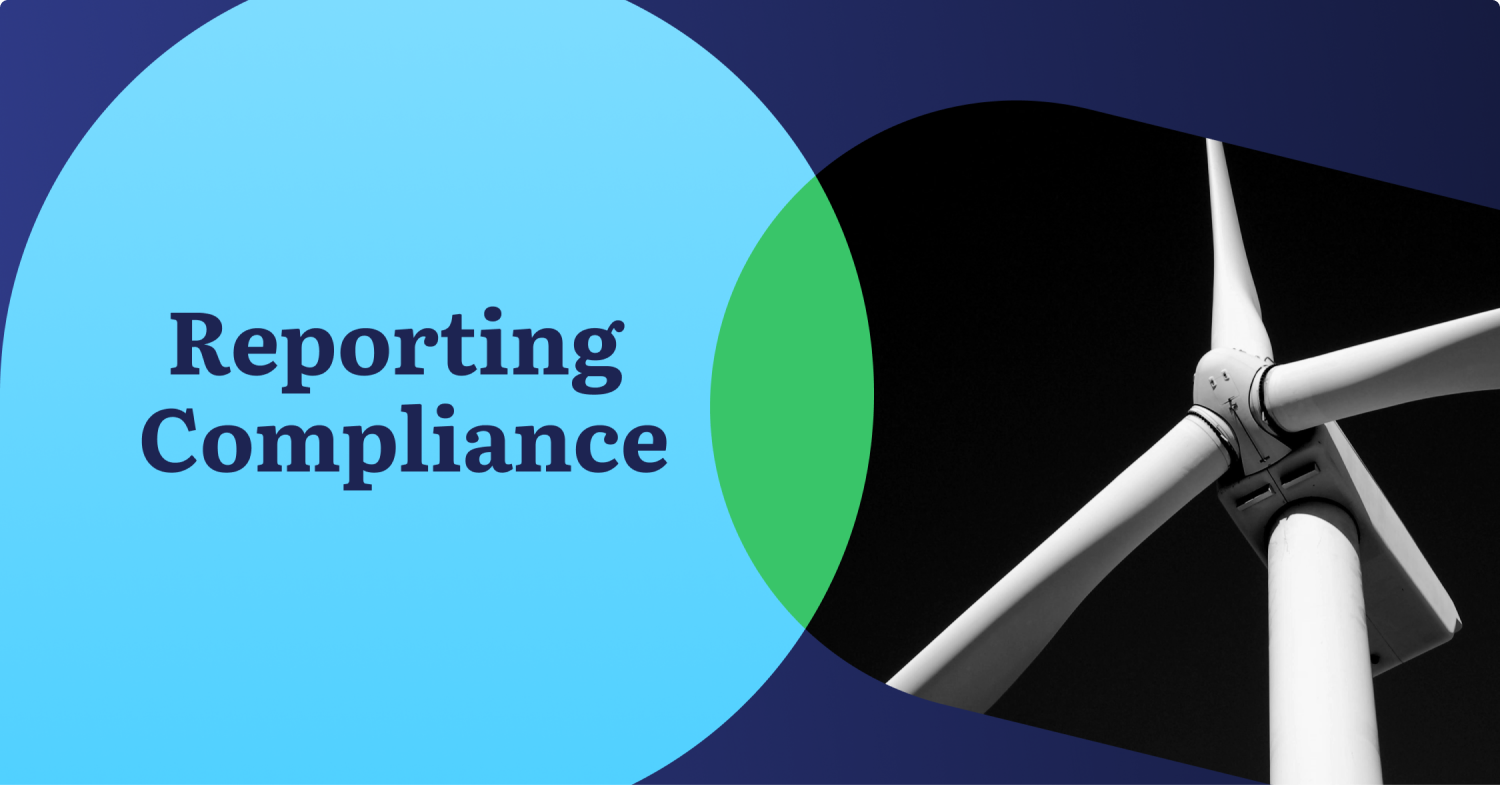
4 min read
CSRD Reporting Compliance: The Practical Guide
The CSRD requires organizations to reveal their impact on social and environmental aspects, enhancing the credibility of the data they report. As companies globally adjust to these new standards, it is essential to grasp the detailed challenges and utilize the appropriate tools for compliance.
The Corporate Sustainability Reporting Directive is a significant regulatory framework introduced by the European Union to ensure transparency and accountability in company sustainability reporting. This directive not only mandates organizations to disclose their impact on social and environmental aspects but also strengthens the reliability of the data reported. As companies worldwide align themselves with these new requirements, understanding the nuanced challenges and leveraging the correct tools for compliance is crucial.
Challenges and Solutions
Implementing the CSRD presents several distinct challenges for organizations, primarily due to the intricate nature of the required sustainability data and its integration into existing reporting frameworks. A key challenge is the assimilation of sustainability reporting with traditional financial reporting. Organizations must recalibrate their existing reporting systems to accommodate both financial and non-financial data, which can be both voluminous and varied in nature. This integration often necessitates significant changes in internal data collection processes and reporting technologies.
Another hurdle is compliance with the detailed and stringent standards the CSRD sets, which demand higher transparency and accountability. This can be particularly taxing for companies that previously had not engaged in detailed sustainability reporting. To address these issues, companies need to establish a robust framework for data management.
Moreover, continuous monitoring and validation of data to maintain compliance as standards evolve is essential. Companies can adopt advanced analytics to oversee and verify the vast amounts of data required by the CSRD, thus ensuring ongoing adherence to procurement compliance standards.
Common Pitfalls
Compliance with the CSRD can be fraught with pitfalls, primarily due to misunderstandings and underestimations of the directive's requirements.
One common mistake companies make is treating CSRD reporting as a mere formality rather than an integral part of their corporate strategy. This superficial approach often results in the provision of minimal data, which might comply on the surface but fails to meet the directive's deeper objective of promoting transparency and accountability. To circumvent this, organizations should integrate CSRD principles deeply into their business processes, ensuring that sustainability reporting receives as much attention as financial reporting.
Another frequent oversight is the inadequate training of staff involved in compiling and reporting sustainability data. Without a thorough understanding of what CSRD demands, employees may not collect the required breadth and depth of data, leading to incomplete or inaccurate reporting. Companies can avoid this by conducting regular training sessions and workshops to keep staff updated on the latest requirements and best practices in sustainability reporting.
Additionally, many organizations struggle with maintaining the consistency and comparability of data over time, which is crucial for meeting the longitudinal analysis requirement of CSRD. Inconsistencies often arise from changes in data collection methods or metrics. To prevent this, firms should establish and adhere to strict guidelines on data collection and reporting procedures that remain consistent across reporting cycles.
Establishing a dedicated compliance team or appointing a CSRD officer could be beneficial in overseeing compliance efforts and ensuring that all reporting is up-to-date and in line with current regulations. Companies can provide robust and effective CSRD reporting by anticipating and mitigating these common pitfalls.
Technological Tools
Adopting the right technological tools is essential for effectively facilitating CSRD compliance. As organizations grapple with the complexities of integrating and reporting comprehensive sustainability data, technology offers solutions that can simplify and streamline these processes. First and foremost, advanced data management systems are crucial. These systems help consolidate data from various sources, ensuring accuracy and consistency. They can handle the high volume and diversity of data required for CSRD reporting by automating data collection and validation, thereby reducing human error and increasing efficiency.
Artificial intelligence and machine learning are becoming indispensable in CSRD compliance. These technologies can analyze large datasets quickly, identify patterns, and predict trends, which can significantly enhance the quality of sustainability reporting. They also play a crucial role in risk management by identifying potential compliance risks before they become problematic.
Regular updates and maintenance of technological tools are essential to remain effective and secure. By leveraging advanced technologies, companies can meet the stringent requirements of CSRD and gain strategic insights into their sustainability practices, enhancing overall business resilience and reputation.
Technical Challenges in CSRD Reporting
Technical challenges in CSRD reporting primarily revolve around the complexities of data collection, data quality, and integration of sustainability information into the overall corporate reporting framework. Addressing these challenges requires strategic planning, technological adaptation, and continuous process improvement.
Firstly, it's data collection. The vast amount and variety of data that must be collected across different functions and regions can overwhelm traditional data management systems. Organizations need robust data management solutions that can handle large datasets with diverse data types to cope with this. These systems should facilitate efficient data aggregation, processing, and retrieval to ensure the information is readily available for reporting purposes.
Data quality is another critical concern, as inaccurate or incomplete data can lead to non-compliance and misinformed decision-making. Implementing automated data collection tools can minimize human errors and increase the accuracy of the data collected. Additionally, employing data validation techniques—such as cross-referencing and anomaly detection algorithms—helps ensure the reliability and consistency of the data reported.
Integrating sustainability data with existing financial and operational reporting systems is also challenging due to the differing formats and standards. Customizable software that can adapt to various data inputs and conform to multiple reporting standards is essential for effective integration. These integrations streamline the reporting process and provide a holistic view of the organization's performance, aligning sustainability outcomes with financial results.
Lastly, ensuring the security of the reported data is paramount, as CSRD reports contain sensitive and critical business information. Advanced cybersecurity measures, including encryption and secure data transmission protocols, are necessary to protect data from unauthorized access and breaches.
Conclusion
Successfully navigating the complexities of CSRD Reporting requires a multifaceted approach that merges strategic planning with technological innovation. Organizations can streamline reporting and enhance data accuracy by recalibrating processes and implementing robust data management systems. Avoiding pitfalls such as superficial compliance is critical; regular training and dedicated CSRD oversight ensure proactive compliance practices. Advanced technologies like AI and machine learning are indispensable, providing the infrastructure to handle data complexity and transforming compliance into a strategic business advantage. Continuous adaptation to regulatory changes is vital for maintaining and leveraging compliance for enhanced business performance and reputation, thus differentiating leaders in sustainability from followers and heralding a new era of corporate responsibility and transparency.









